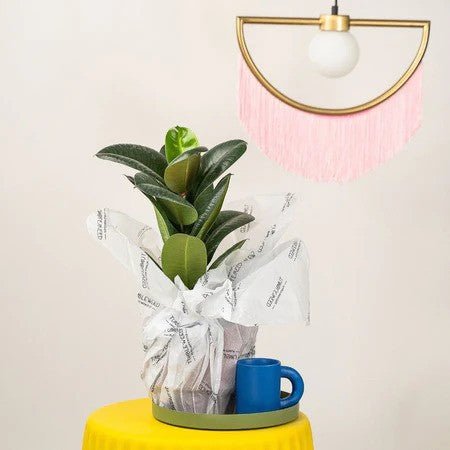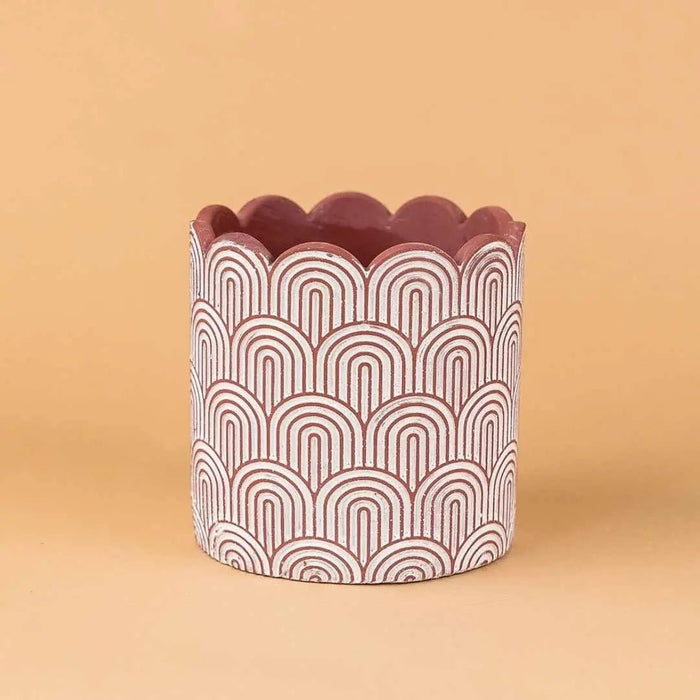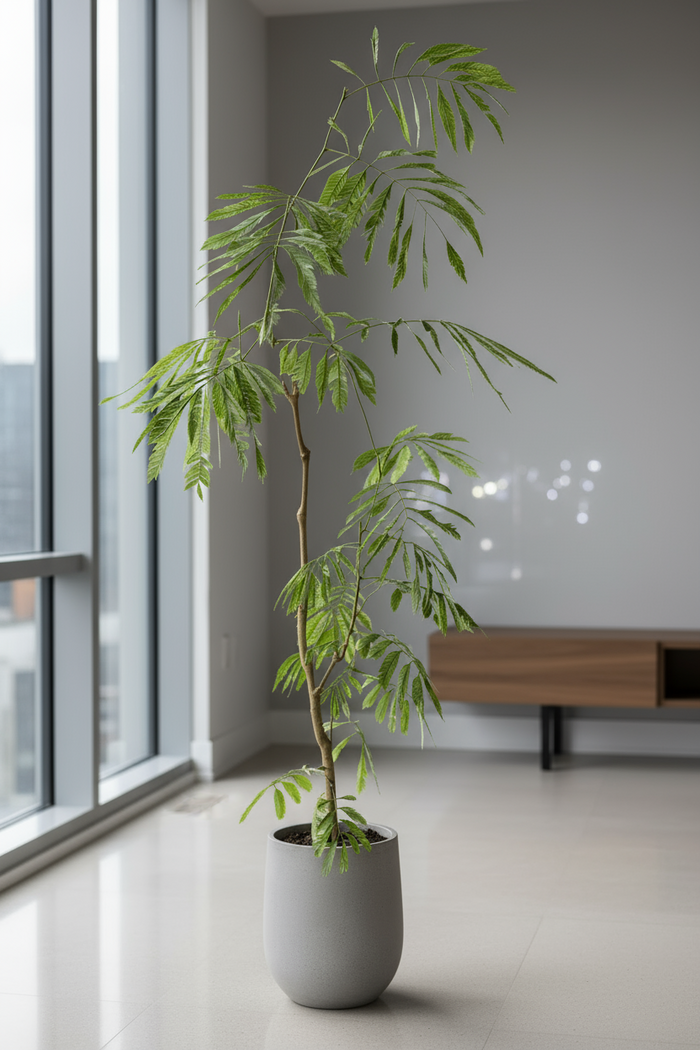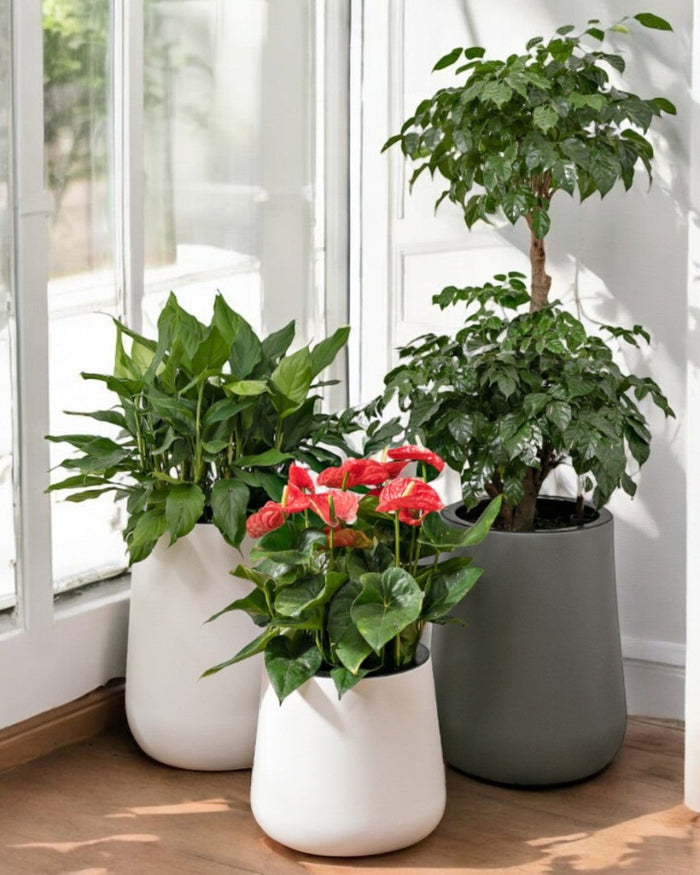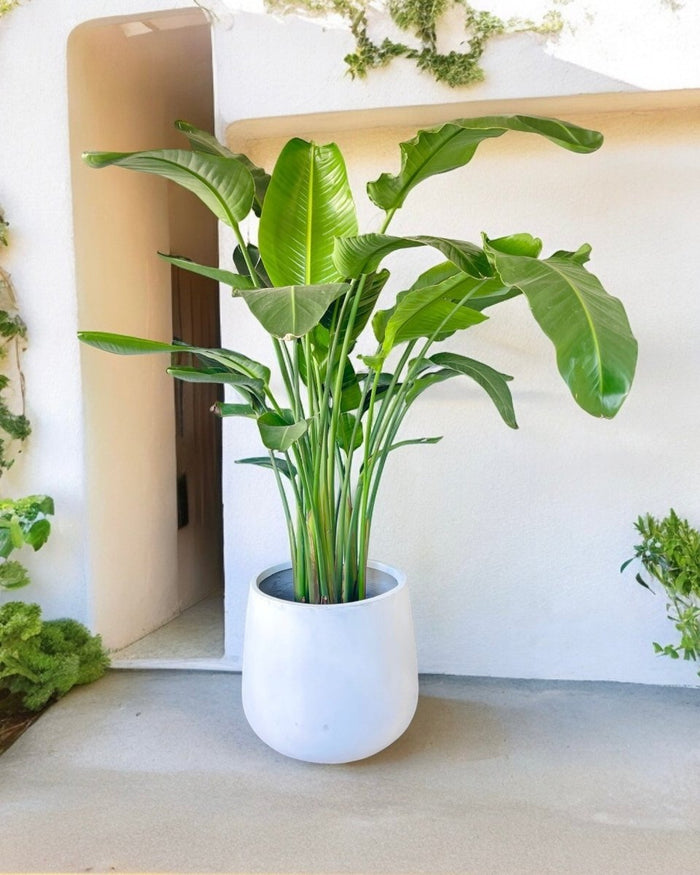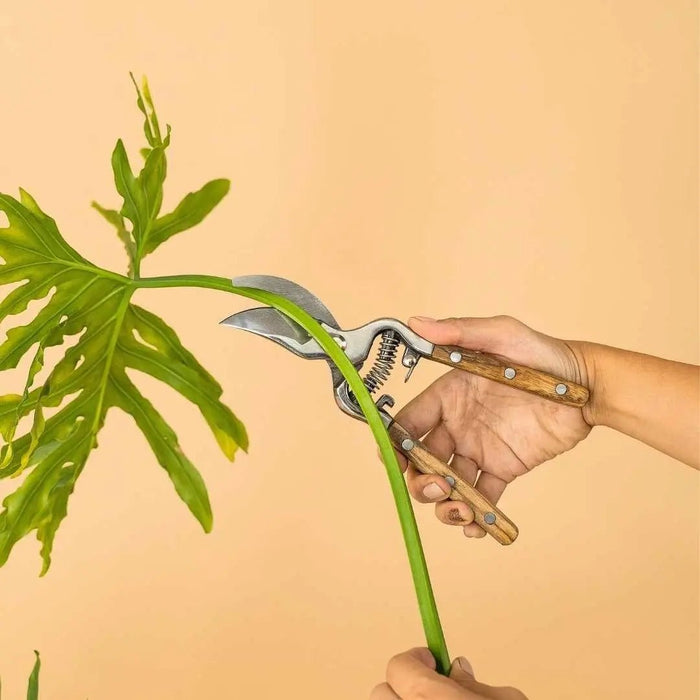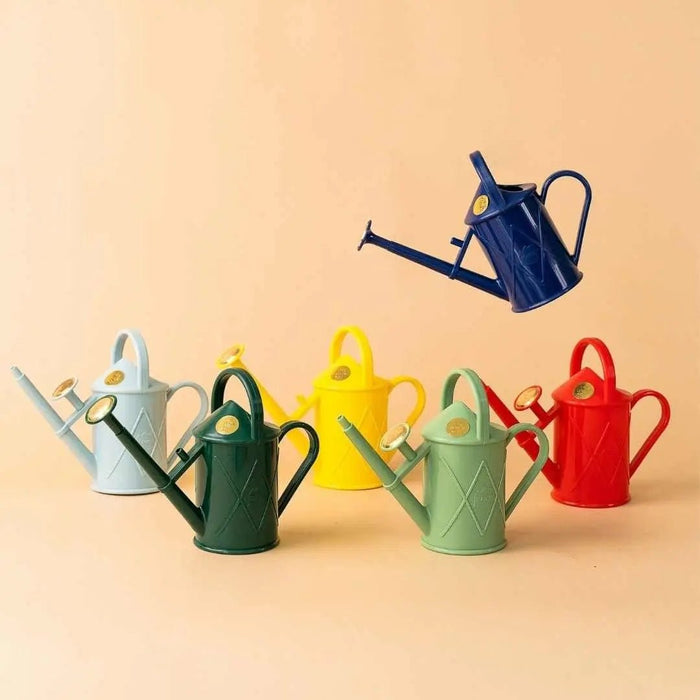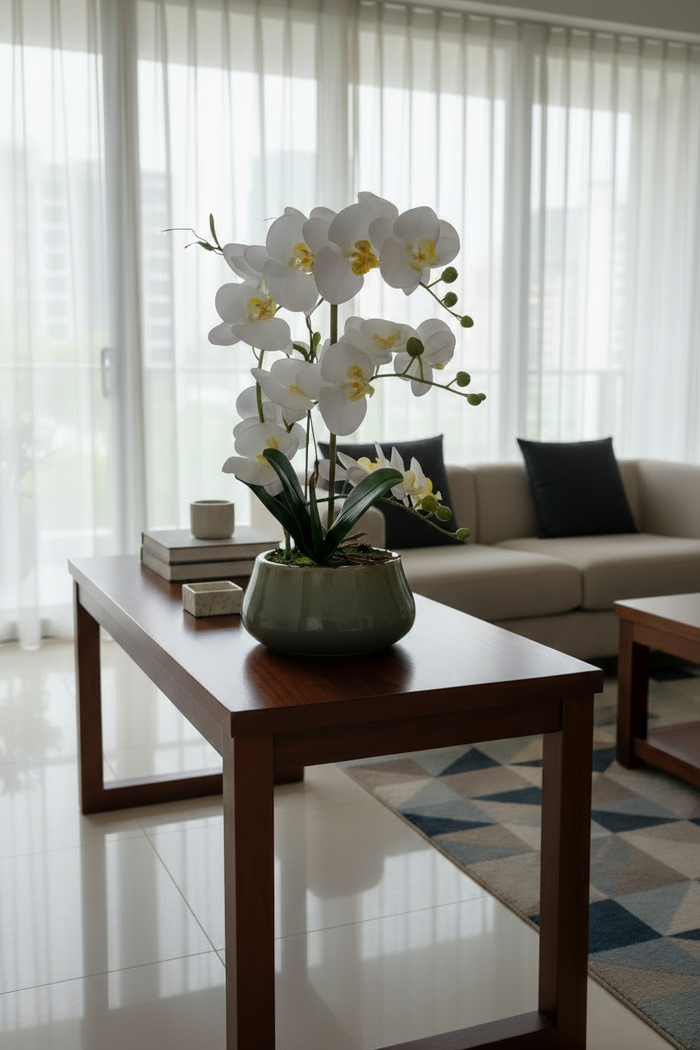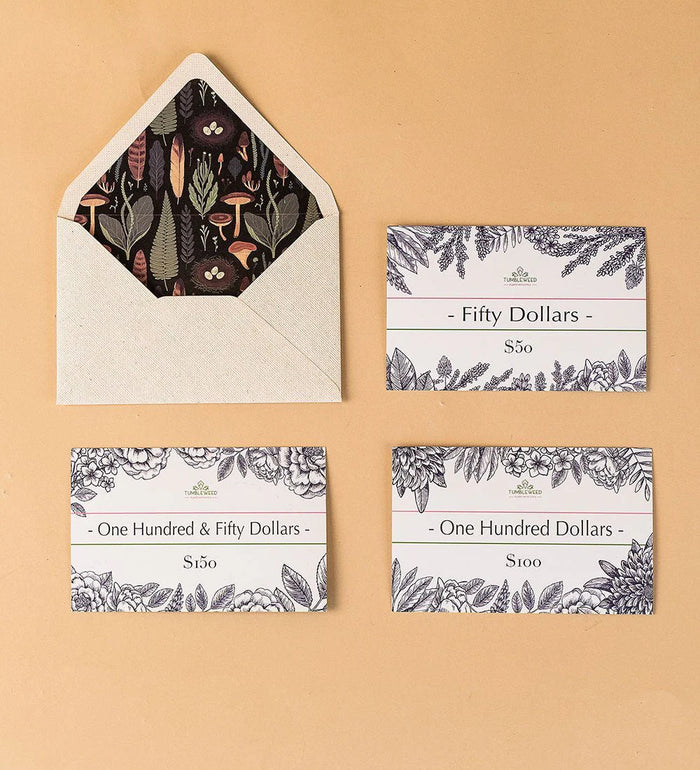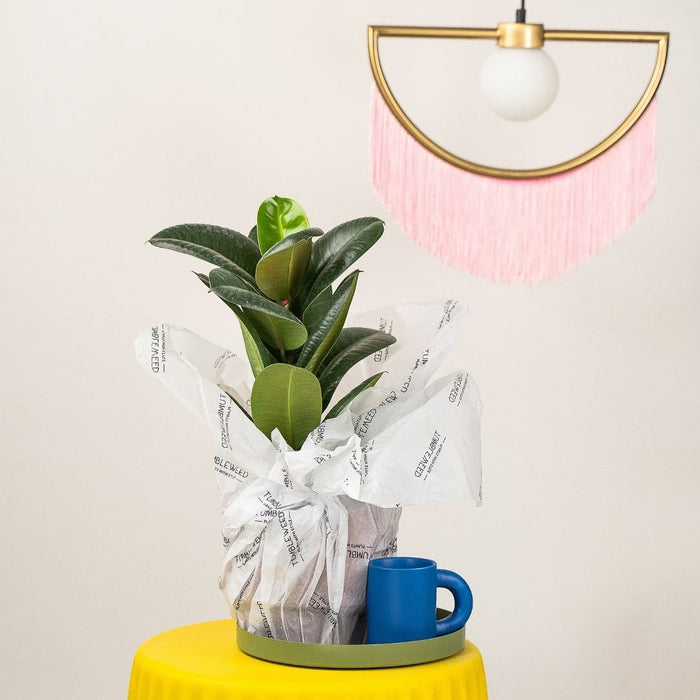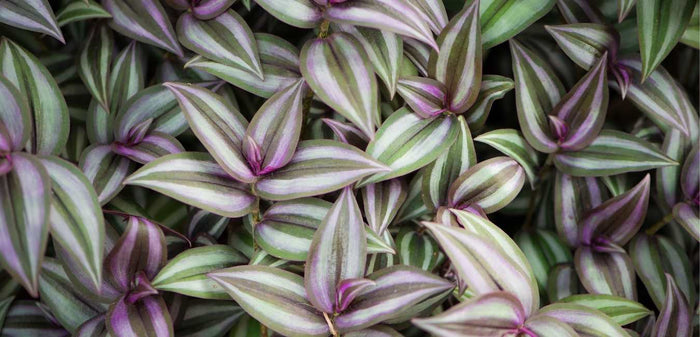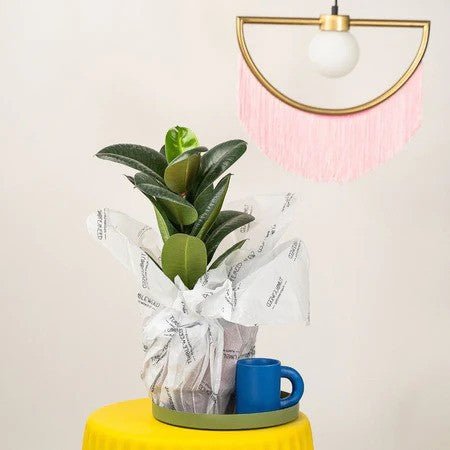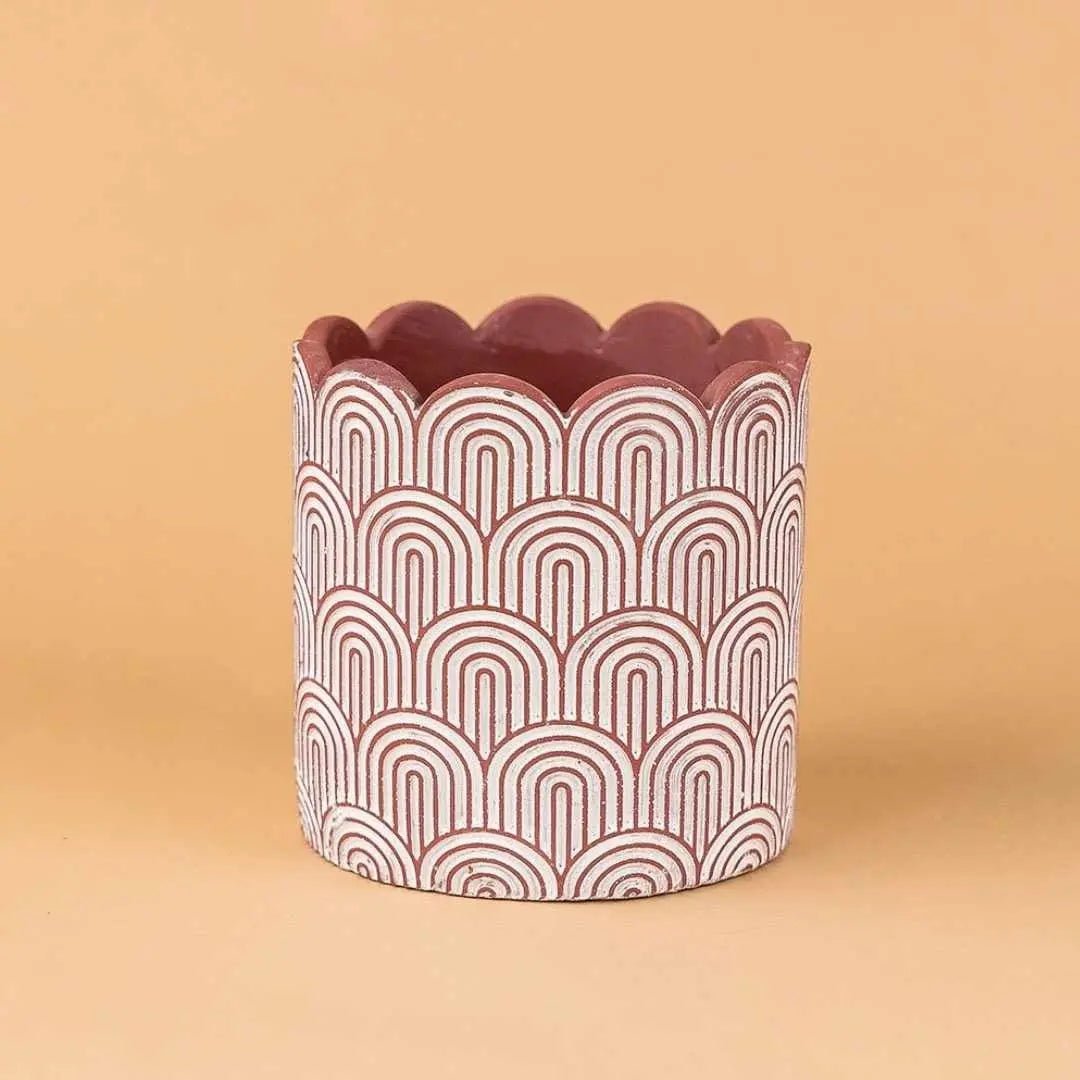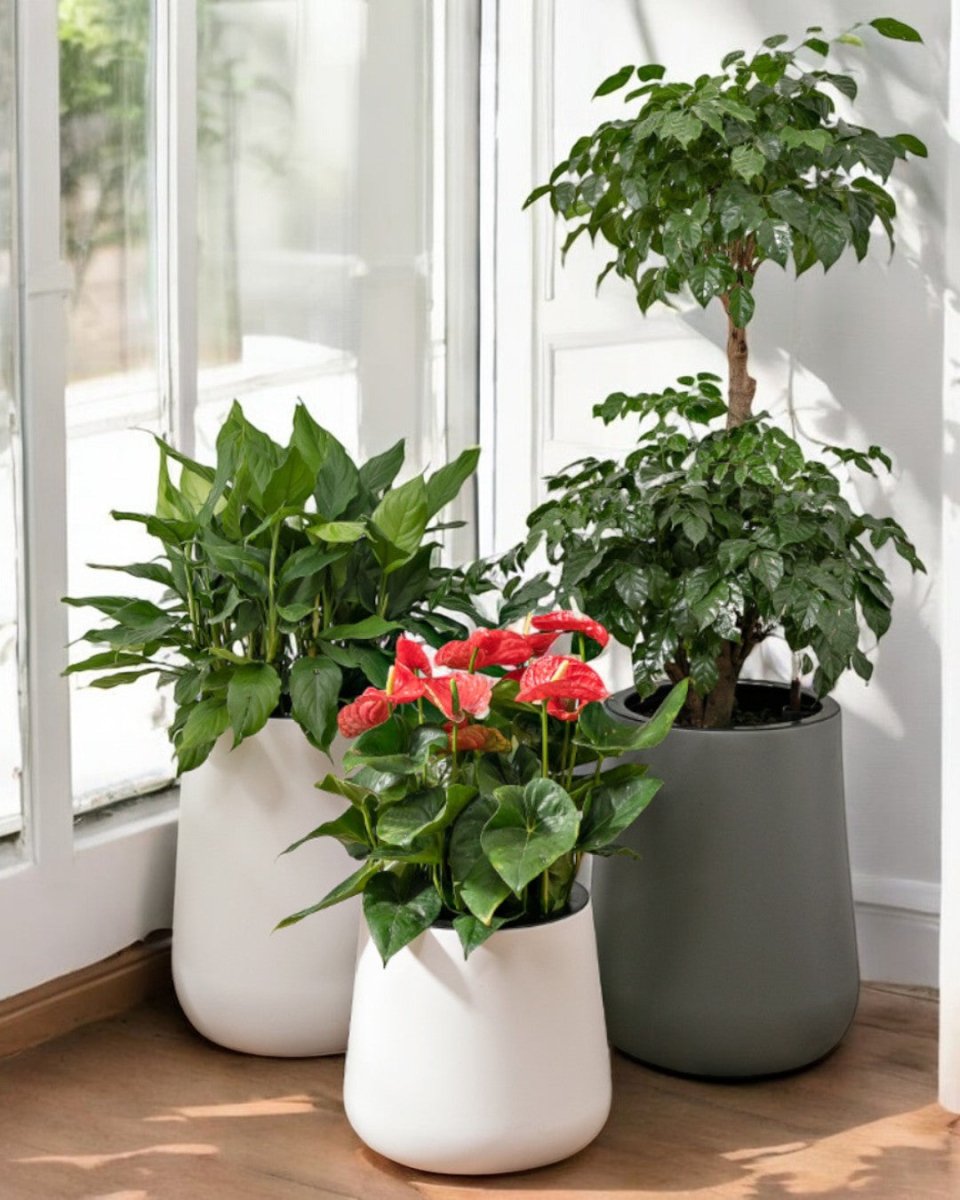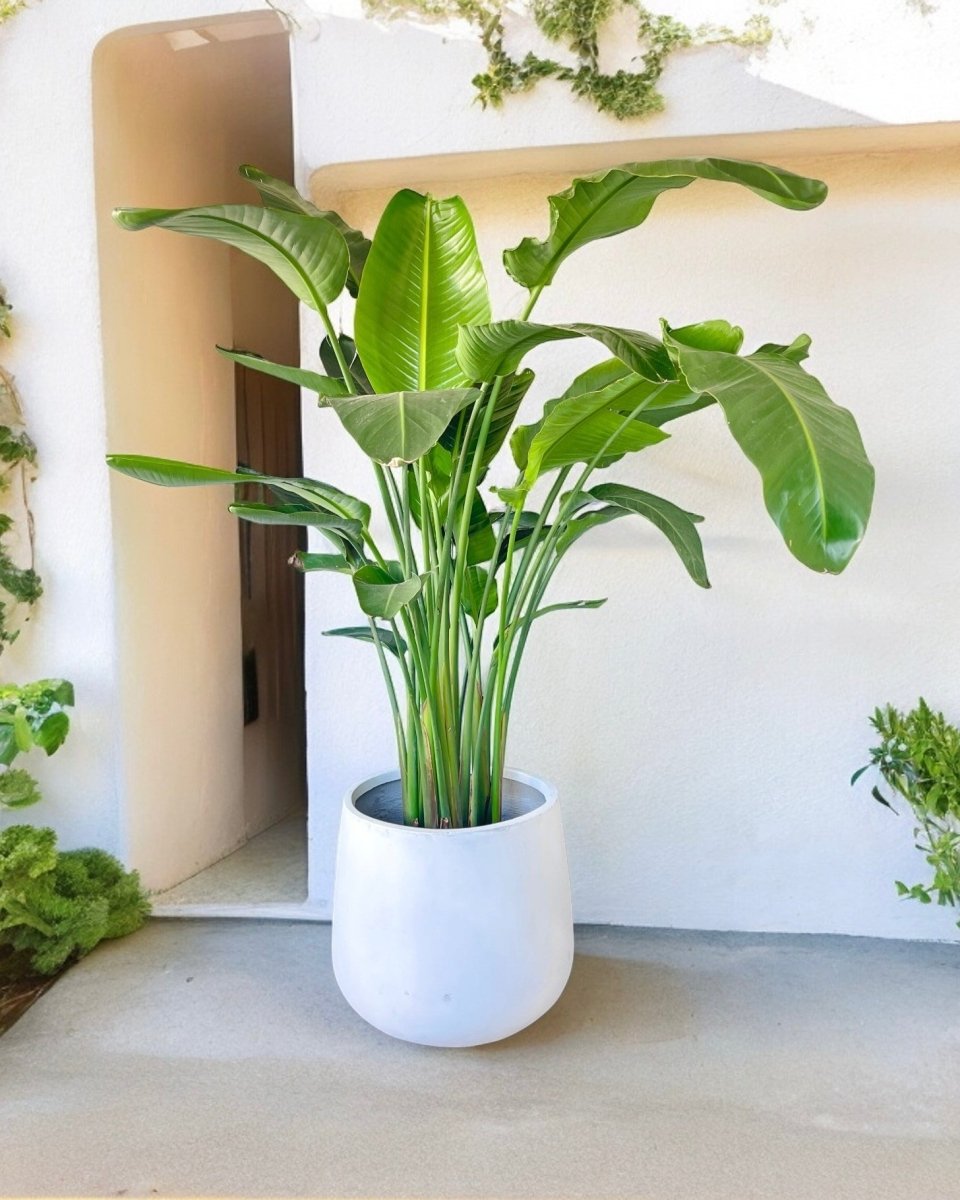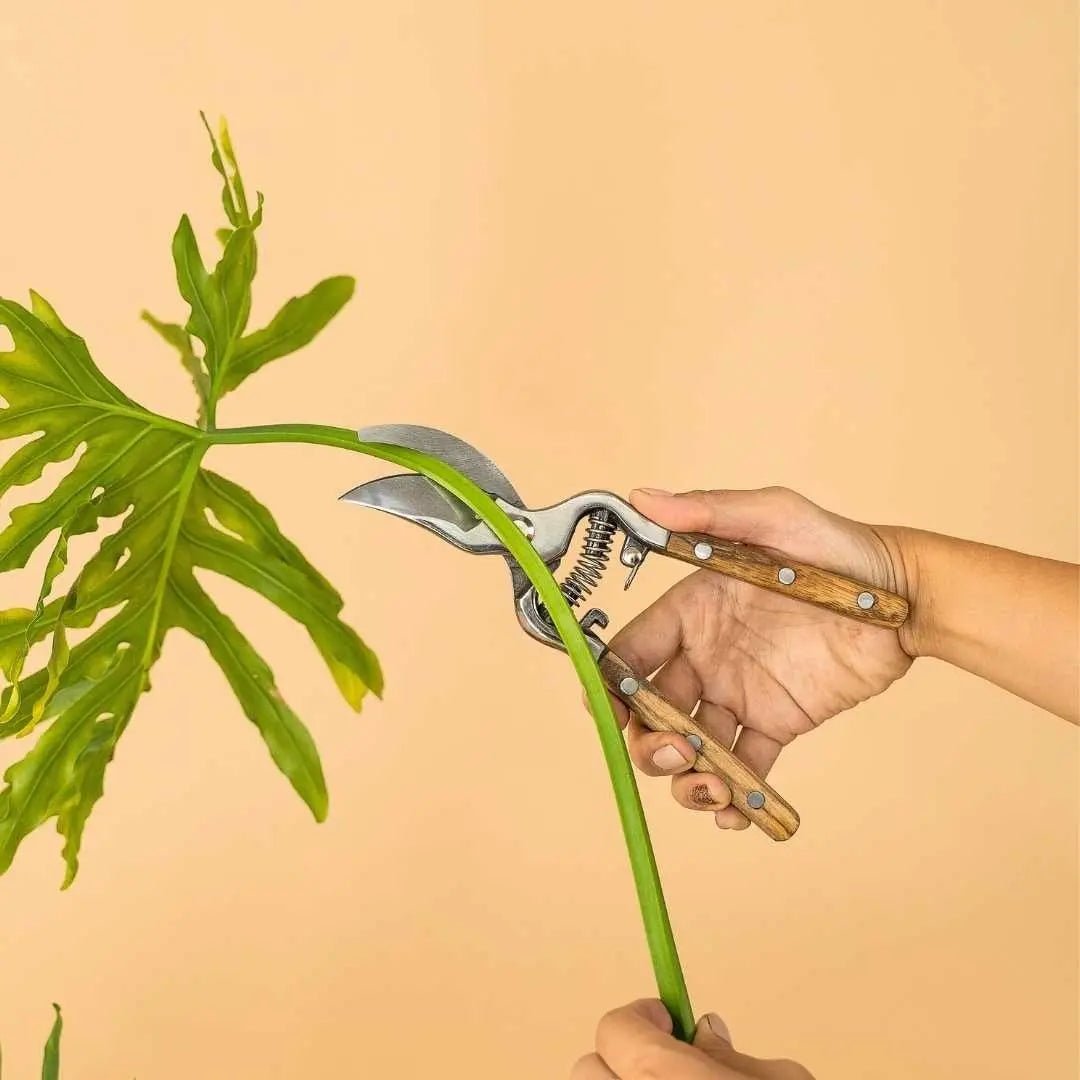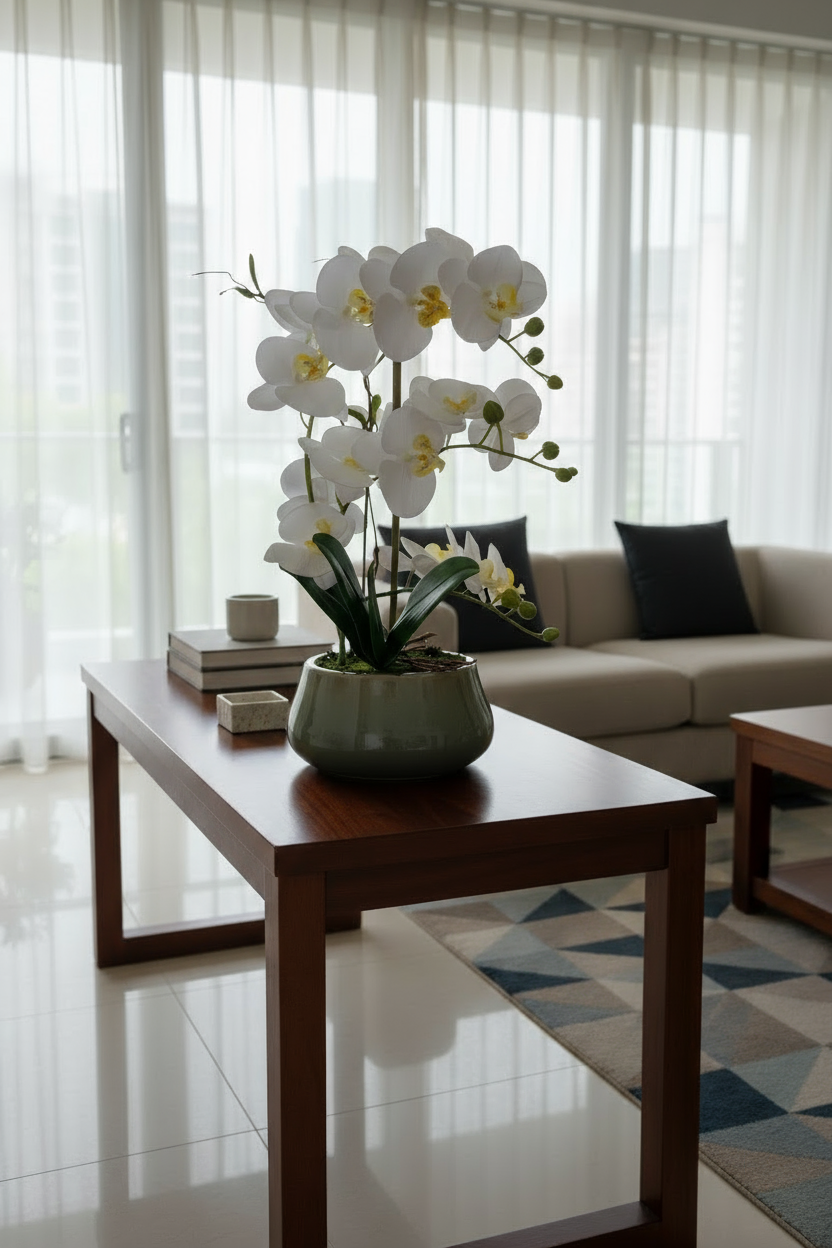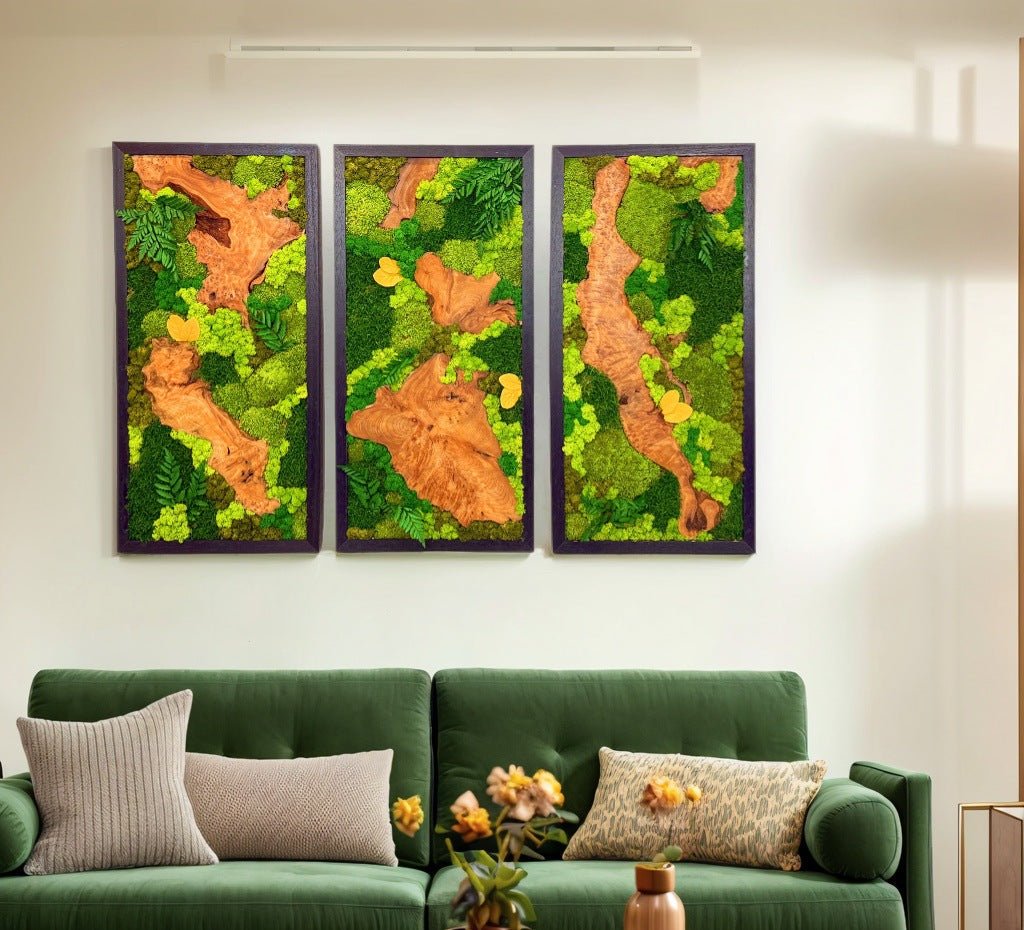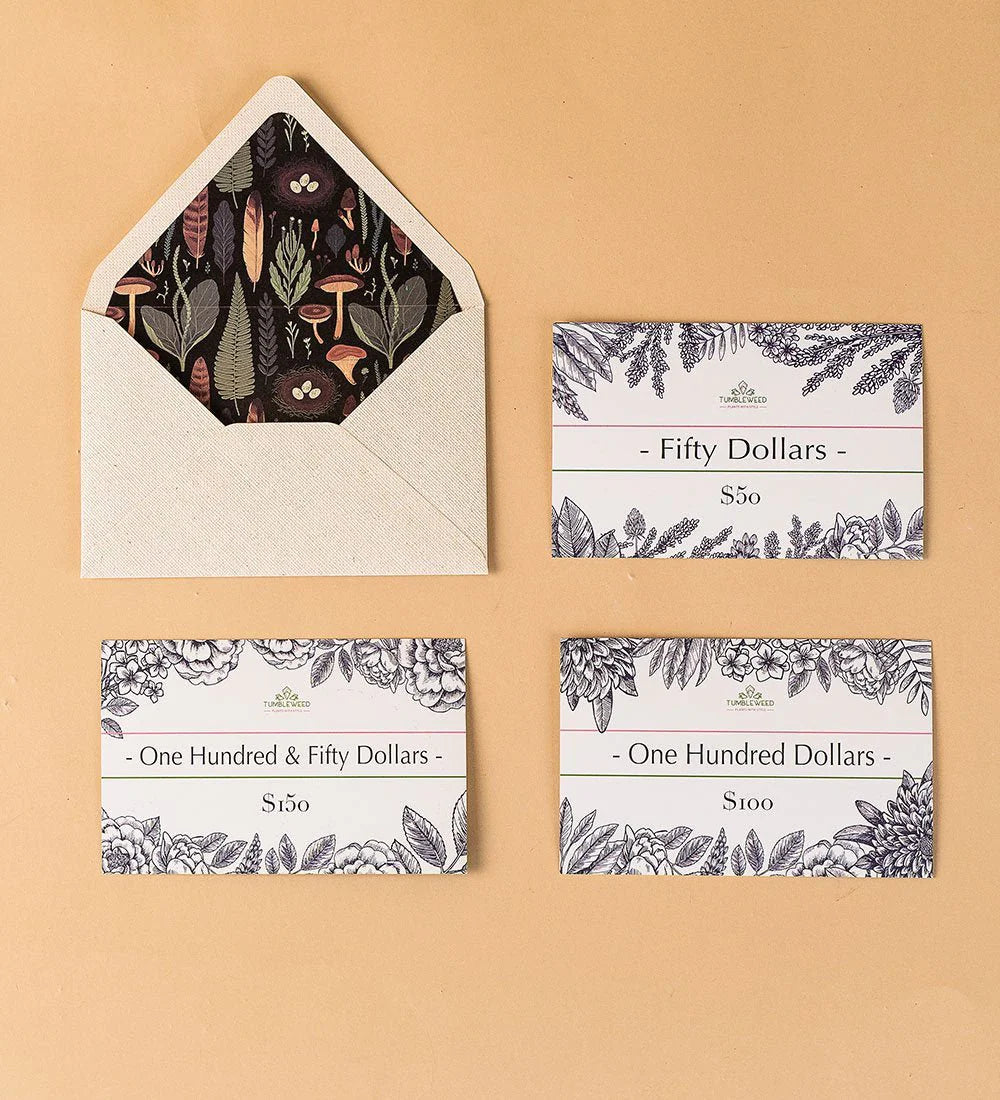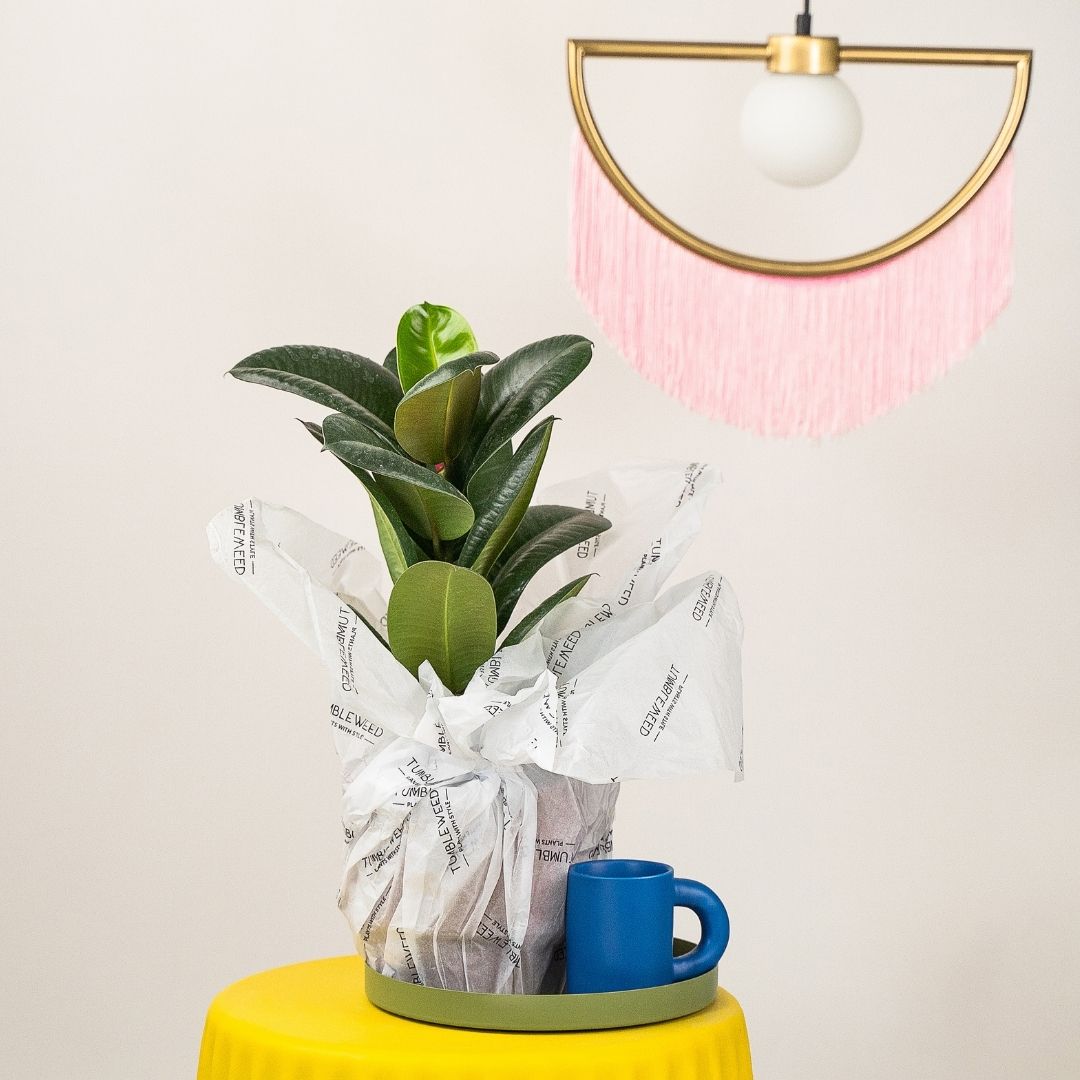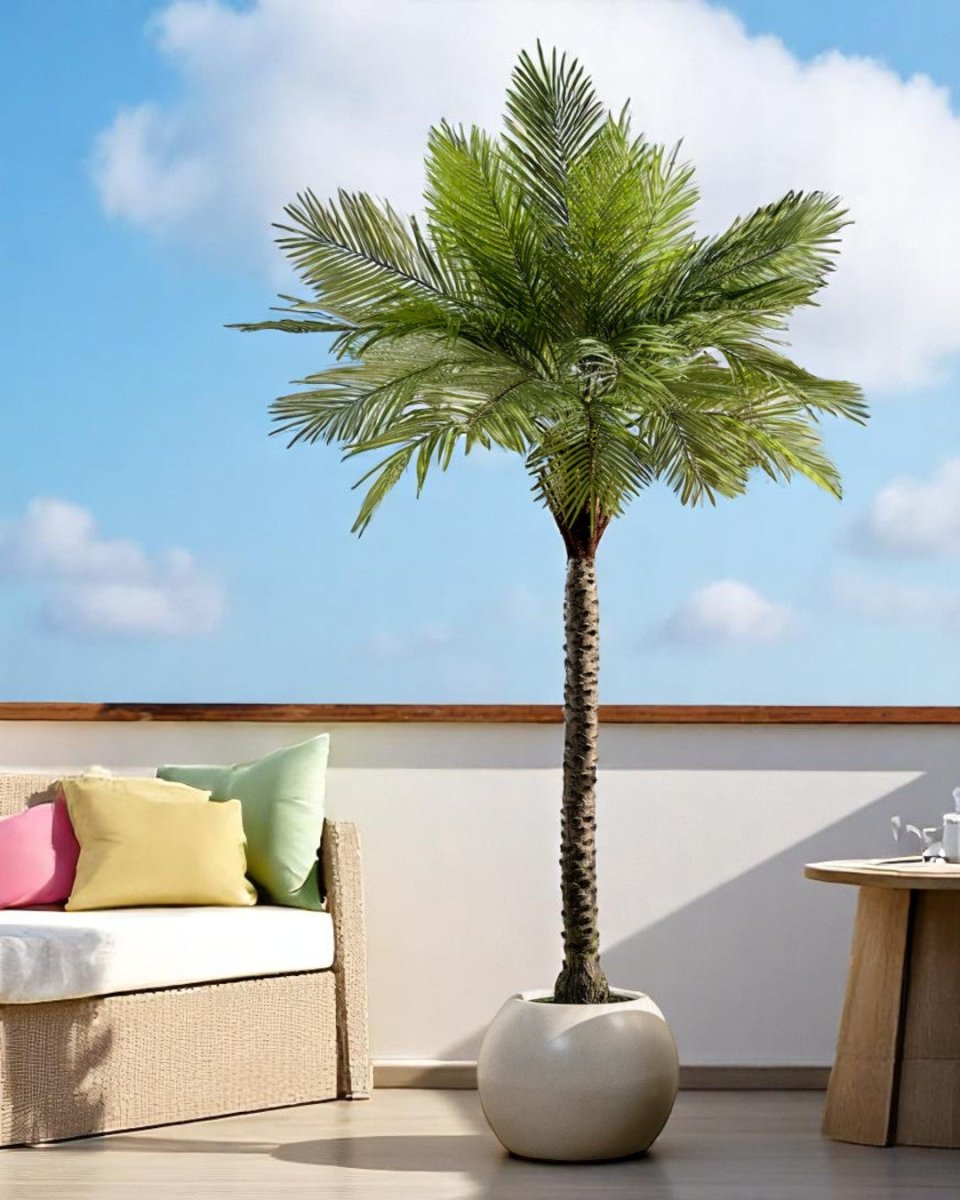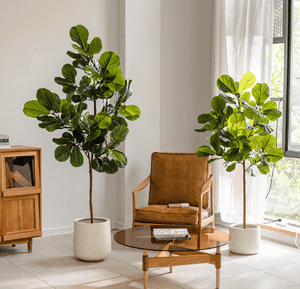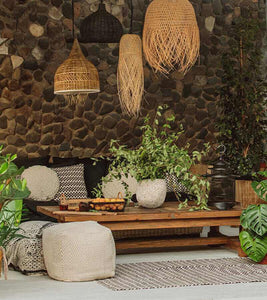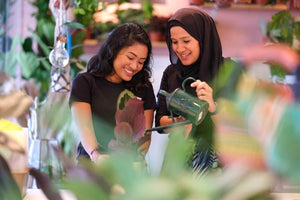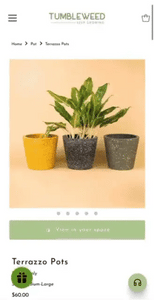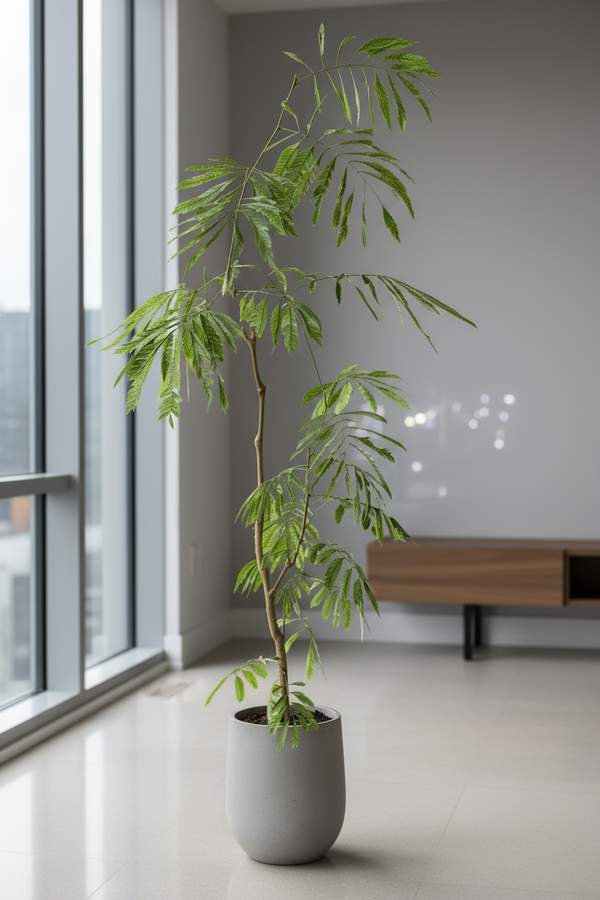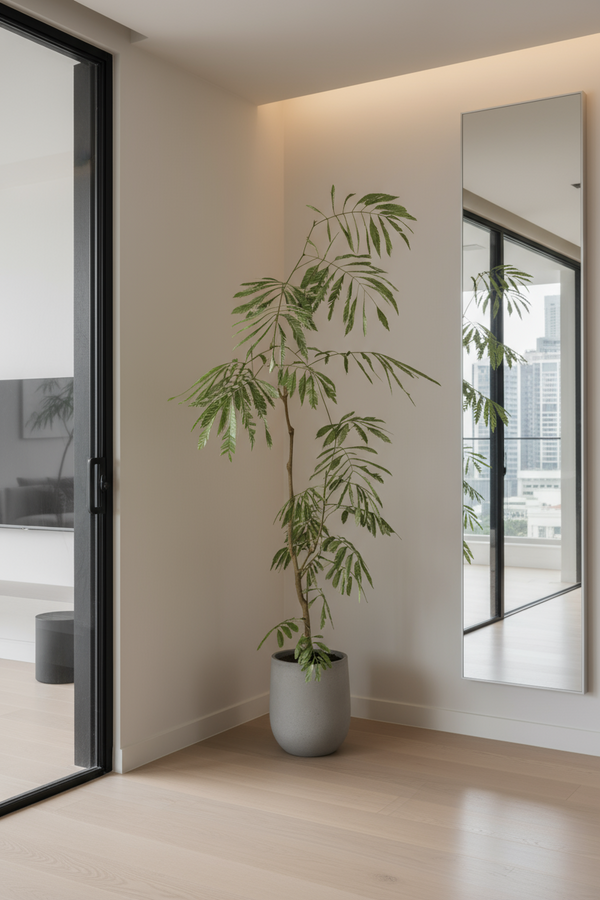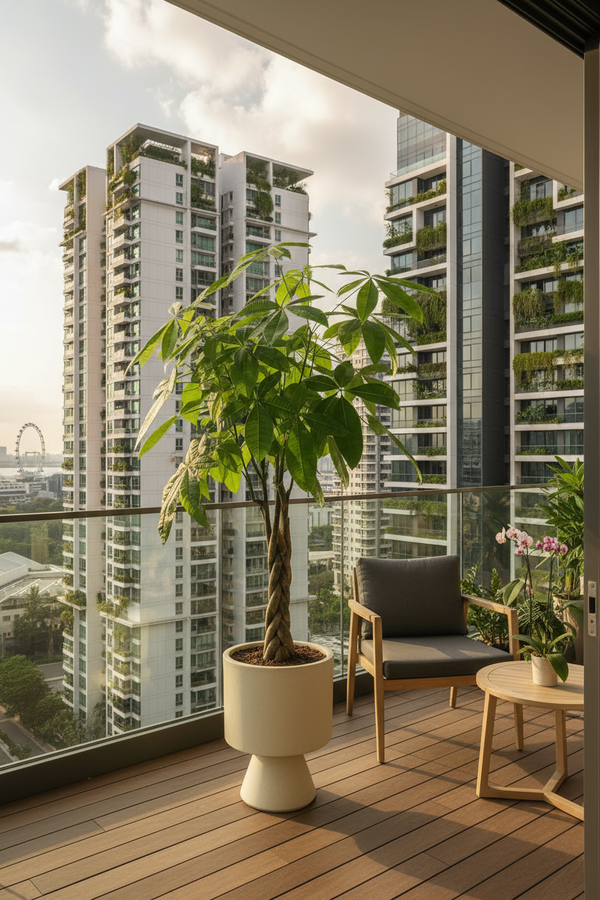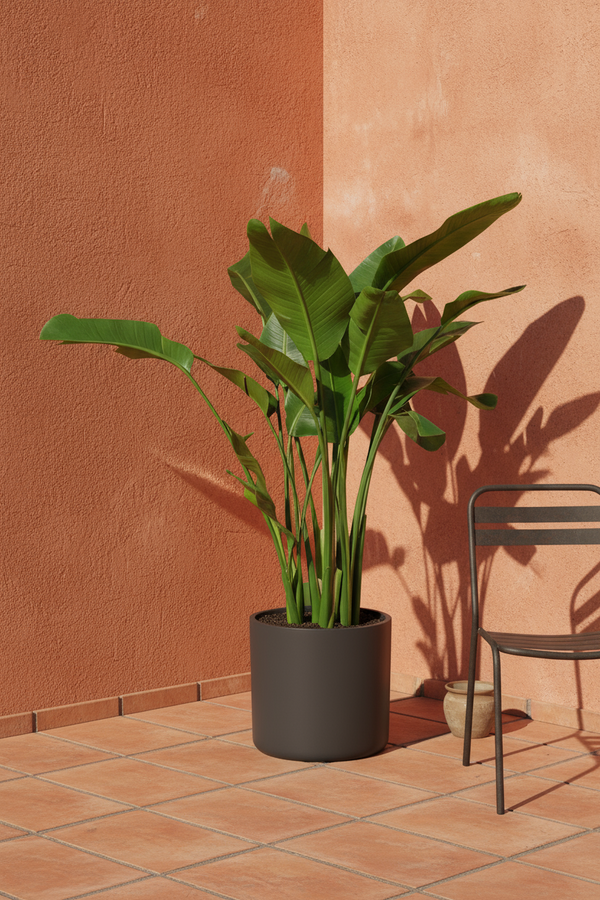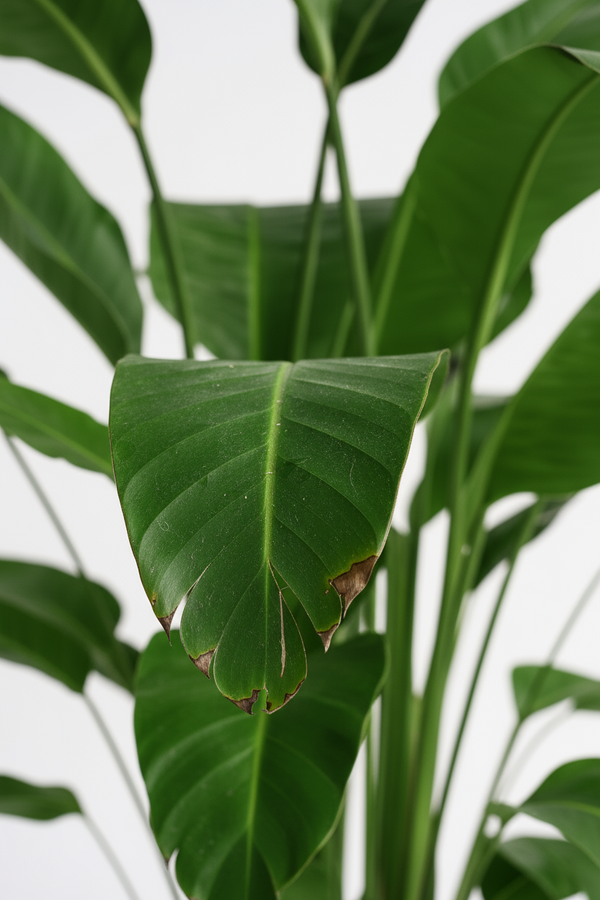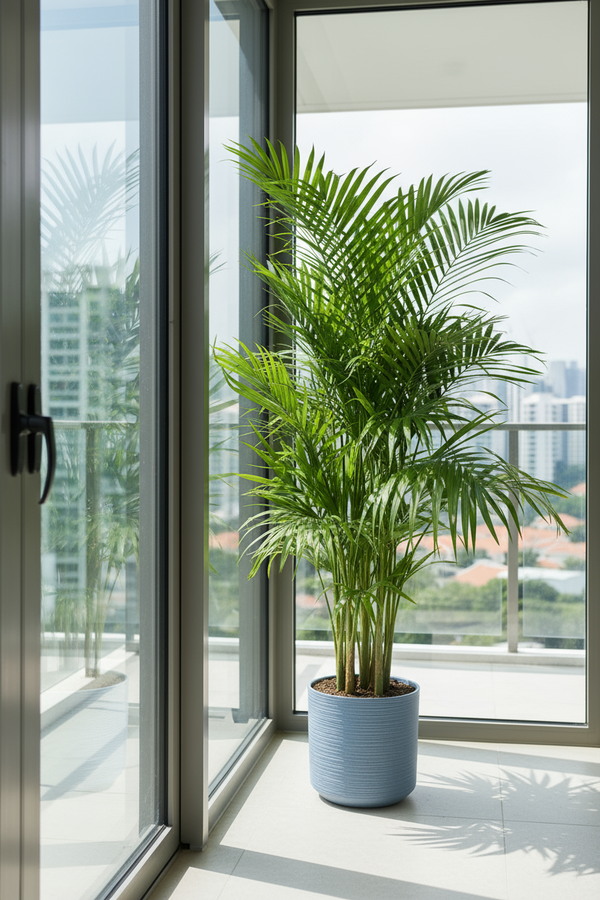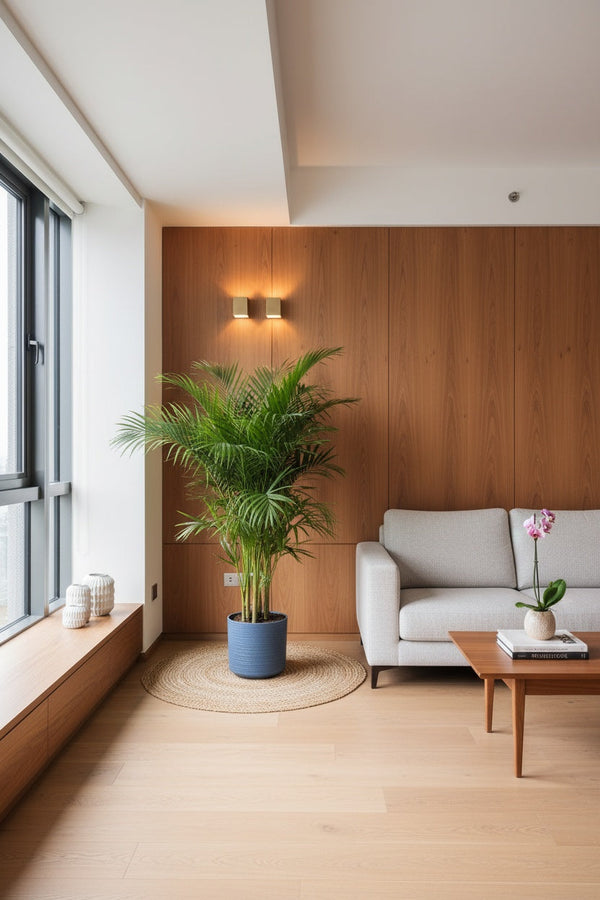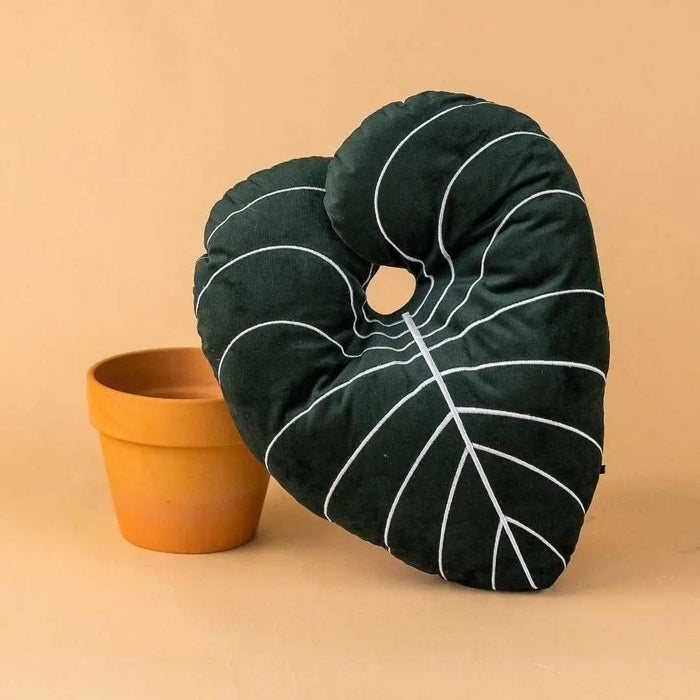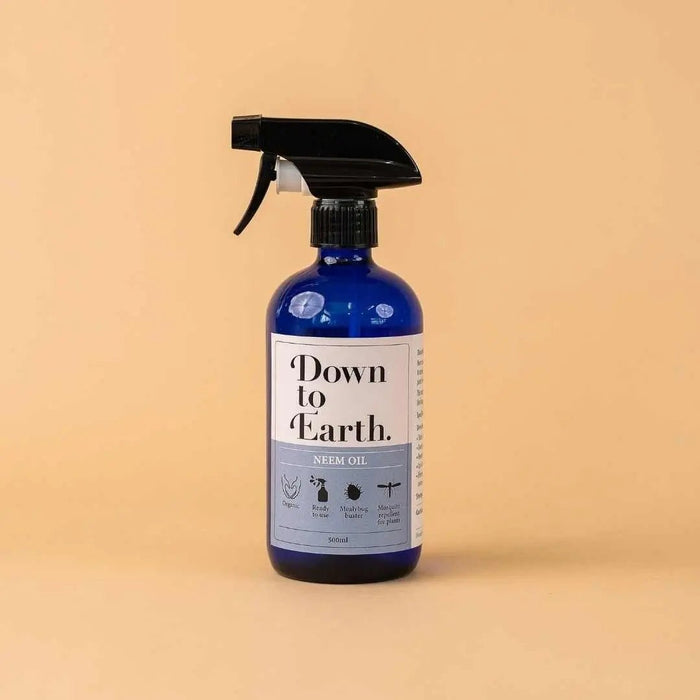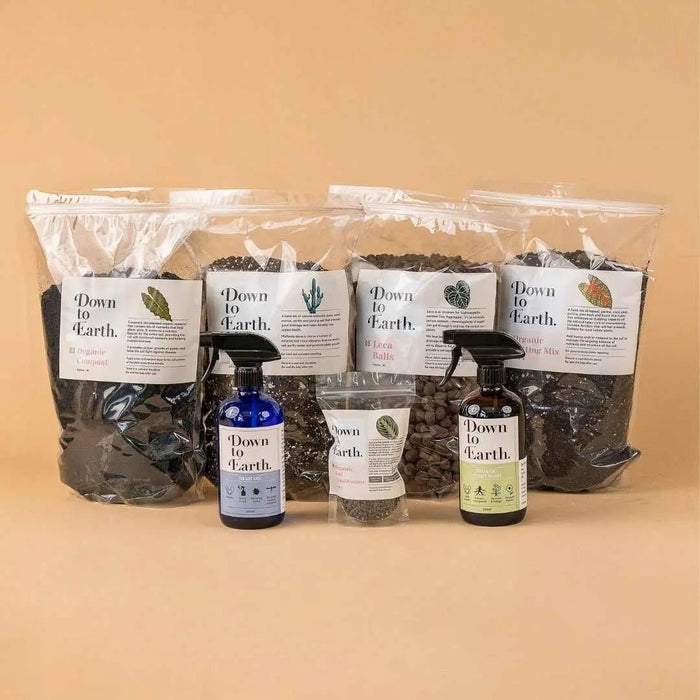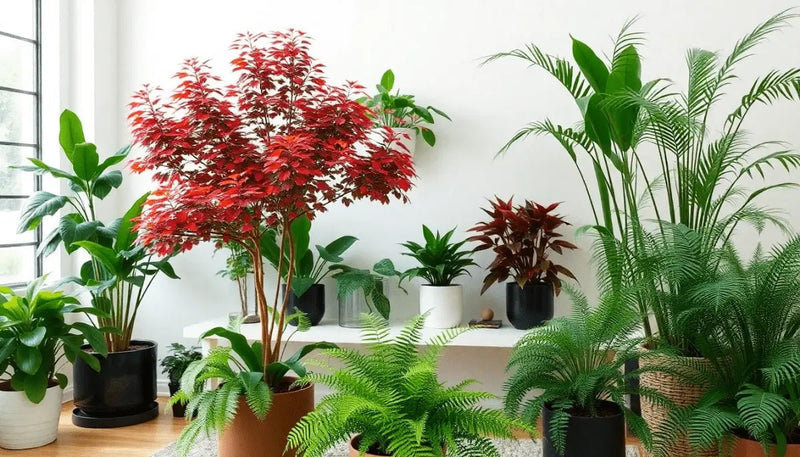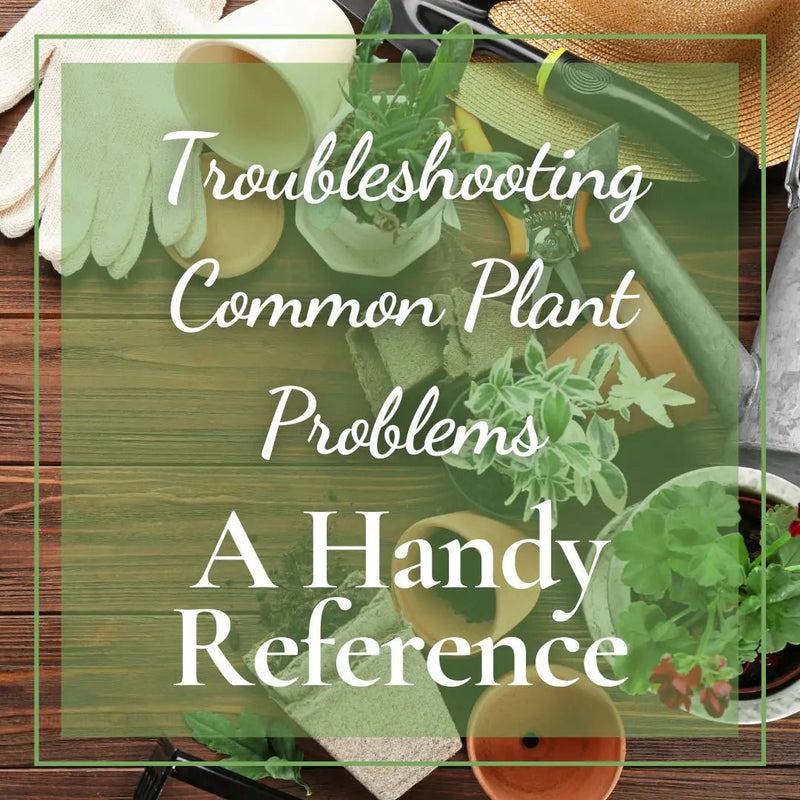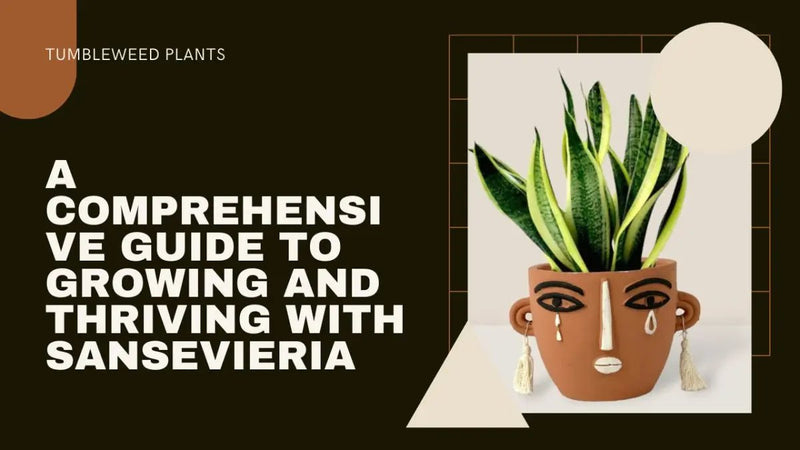Why Tumbleweed's Low-Light Essentials Bundle is a Must-Have for Indoor Plant Lovers
Posted on April 22 2025
Understanding the Low-Light Essentials Bundle Concept
The Low-Light Essentials Bundle is specifically curated to address the challenges faced by indoor plant enthusiasts who care for greenery in areas with limited natural light. Indoor environments often lack the ideal lighting conditions necessary for plants to thrive, as many species require varying degrees of sunlight exposure to sustain healthy growth. Tumbleweed’s bundle aims to mitigate these limitations by combining tools, accessories, and enhancements tailored to support plants in low-light settings.
Central to the bundle concept is the inclusion of grow lights designed to mimic natural sunlight and provide the wavelengths plants need for optimal photosynthesis. These grow lights offer adjustable intensity levels, enabling users to customize the light settings based on the type of plant and its individual needs. The lights are also energy-efficient, ensuring that prolonged use does not lead to excessive power consumption, making them suitable for residential setups.
In addition to lighting solutions, the bundle may include specialized pots with enhanced drainage systems to prevent waterlogging, which often becomes a problem in dim environments where evaporation rates are slower. These pots help maintain proper soil aeration and reduce the likelihood of root rot. Substrates enriched with nutrients designed to adapt to low-light conditions may also be part of the package, ensuring the soil remains fertile and supportive of plant growth.
Furthermore, easy-to-use care guides or digital access to curated tips are commonly added to assist plant owners in strategizing upkeep routines. Recognizing that low-light plants tend to have slower growth rates, the bundle typically advocates for sustainable maintenance practices grounded in botanical science.
For users who cherish rare or delicate houseplants, pest-resistant accessories such as plant covers or integrated insect deterrents are often included to minimize the harm caused by pests that thrive in shade. This multi-faceted approach positions the Low-Light Essentials Bundle as a vital resource for individuals aiming to transform their indoor spaces into thriving green havens despite environmental restrictions.
Why Low-Light Indoor Plants Are Ideal for Any Space
Low-light indoor plants are uniquely suited to a variety of environments, making them a versatile choice for homes, offices, and other indoor settings. These plants thrive in conditions where natural light is limited, eliminating the need for consistent exposure to direct sunlight. This adaptability allows them to flourish in darker corners, shaded rooms, or areas where artificial lighting is more prominent. Unlike high-maintenance sunlight-dependent plants, low-light indoor plants provide an opportunity for people to bring greenery into spaces where natural light is scarce.
The practical benefits of low-light plants extend beyond their ability to survive in reduced lighting conditions. Many varieties are known for their air-purifying qualities, helping to reduce indoor toxins and improve overall air quality. Plants like pothos, snake plants, and peace lilies are often highlighted for their capacity to enhance health and well-being by filtering impurities from the surrounding air. Furthermore, their low-maintenance nature enables plant owners to enjoy greenery without dedicating an excessive amount of time to care or upkeep.
These plants also offer aesthetic advantages, contributing to an indoor environment's ambiance through their visually appealing forms. Whether it’s the striking upright leaves of a snake plant or the soft, cascading vines of a pothos, their foliage adds texture and vibrancy to any interior décor style. They can be strategically placed in spaces such as desks, bookshelves, or entryways to create an inviting atmosphere, making them ideal for modern, minimalist, or even rustic interior designs.
Low-light plants also cater to a broad audience, including beginners or those with limited experience in plant care. They are forgiving in comparison to species requiring meticulous attention, allowing new plant owners to build confidence while nurturing greenery. Their resilience makes them suitable for individuals who might travel frequently or work long hours, ensuring household plants remain healthy even under less-than-ideal conditions.
By thriving across diverse environments, supporting air quality, and enhancing visual appeal, these plants fulfill both functional and aesthetic purposes, seamlessly integrating into any indoor space.
Low-Light Essentials Bundle
|
The Low-Light Essentials Bundle by Tumbleweed is uniquely tailored to meet the needs of indoor plants that thrive in suboptimal lighting conditions. This comprehensive bundle is designed to provide plant lovers with the tools and resources needed to nurture greenery in dimly lit spaces, ensuring vitality and growth even in challenging environments. The thoughtfully curated kit includes items that are scientifically proven to promote healthy indoor plant care.
Components of the Bundle
- Full-Spectrum Grow Light The bundle features an energy-efficient full-spectrum grow light that mimics natural sunlight, providing plants with the essential light wavelengths required for photosynthesis. This grow light is compact and easy to install, making it a versatile solution for apartments, offices, or other low-light areas.
- Custom Low-Light Plant Fertilizer The bundle includes a specialized fertilizer formulated to meet the nutritional requirements of shade-tolerant plants. Its nitrogen-phosphorus-potassium (NPK) ratio, combined with essential micronutrients, promotes healthy root systems and vibrant foliage.
- Moisture Monitoring Meter Maintaining proper soil moisture is critical for plants that grow in low-light conditions. The included moisture meter eliminates guesswork by providing instant, accurate readings, helping users avoid overwatering or underwatering.
- Plant Care Booklet The Low-Light Essentials Bundle also contains an easy-to-follow booklet with practical tips for caring for plants in low-light settings. Topics range from watering schedules to placement suggestions, empowering users with expert knowledge.
- Decorative Ceramic Pot A modern ceramic pot is included to complement any interior design. Its built-in drainage system ensures that the plant’s roots stay healthy, contributing to the overall longevity of the plant.
Practical Applications
The Low-Light Essentials Bundle is particularly useful for those living in urban spaces or areas where natural light is scarce. It allows individuals to cultivate a lush indoor garden without requiring outdoor access or significant light exposure. The combination of technology and natural solutions makes this bundle an indispensable resource for creating a thriving green haven indoors.
Tips for Maintaining Healthy Low-Light Plants
Caring for low-light plants requires attention to their unique needs to help them thrive in indoor environments. By following specific care practices, plant enthusiasts can ensure that their greenery remains vibrant and robust even in spaces with limited sunlight.
- Choose an Appropriate Location Place low-light plants away from direct sunlight to prevent leaf scorching. North-facing windows or shaded corners work well. Ensure there is enough ambient light to avoid stunted growth.
- Monitor Watering Frequency Overwatering is a common issue for low-light plants. Check the soil moisture by feeling the top inch of the soil. Water only when it’s dry to the touch. Use pots with drainage holes to avoid waterlogging.
- Provide Proper Humidity Many low-light plants, like pothos and ferns, thrive in humid environments. Increase humidity by misting the leaves, grouping plants together, or using a small humidifier. Avoid placing plants near air-conditioning vents or heaters.
- Use High-Quality Soil For indoor low-light plants, choose well-draining soil that retains moisture without becoming compact. Repot every 1-2 years to replenish nutrients and prevent root-bound issues.
- Pay Attention to Fertilization Feed low-light plants with a balanced liquid fertilizer diluted to half strength during the growing season. Avoid over-fertilizing, as it can damage roots and stunt growth. Reduce feeding during winter months when growth slows.
- Regularly Clean and Prune Dust accumulates on leaves indoors, reducing their ability to photosynthesize. Clean leaves with a soft, damp cloth every few weeks. Additionally, remove yellow or dead leaves to promote healthy growth.
- Be Patient and Observe Low-light plants grow more slowly than those with bright light, so patience is key. Observe changes in their appearance, such as drooping or discoloration, to quickly address potential issues.
Adopting these strategies ensures low-light plants receive the care needed to maintain their vitality while adding life and beauty to any indoor space.
Common Low-Light Plant Care Mistakes and How to Avoid Them
Indoor plants that thrive in low-light conditions require specific care, and even experienced plant enthusiasts may unknowingly make mistakes that compromise their health. Understanding these common missteps and learning how to prevent them can ensure optimal growth and vibrant foliage.
Mistake 1: Overwatering
One of the most frequent errors with low-light plants is overwatering. In dim environments, plant soil tends to retain moisture longer, increasing the risk of root rot.
- How to Avoid: Check soil moisture before watering by inserting your finger approximately an inch deep or using a moisture meter. Only water when the top layer of soil feels dry to the touch. Ensure pots have proper drainage to avoid stagnant water.
Mistake 2: Neglecting Humidity Levels
Low-light plants often originate from tropical or subtropical regions where humidity is high. Neglecting humidity can lead to browning leaf tips and stunted growth.
- How to Avoid: Place a small humidifier near your plants or use a pebble tray filled with water below the pot. Group plants together to create a localized humid microenvironment.
Mistake 3: Insufficient Cleaning of Leaves
Dust accumulation on leaves blocks light absorption, which is particularly detrimental for low-light plants relying on minimal sunlight.
- How to Avoid: Regularly wipe leaves with a soft, damp cloth or use a gentle leaf-cleaning spray. Avoid harsh chemicals that may cause damage.
Mistake 4: Ignoring Seasonal Adjustments
Low-light conditions combined with seasonal changes can affect plant health. Reduced sunlight during winter, for instance, slows growth and may require adjustments in watering and care routines.
- How to Avoid: Monitor your plant’s growth patterns during different seasons and adapt watering frequency, fertilization, and light exposure accordingly.
Mistake 5: Using Unsuitable Fertilizers
Applying high-intensity fertilizers designed for full-sun plants can overwhelm low-light varieties, resulting in nutrient burn or spindly growth.
- How to Avoid: Opt for diluted, slow-release fertilizers tailored for indoor or low-light plants. Follow manufacturer instructions carefully to avoid overfeeding.
Addressing these common care mistakes prepares plant lovers to nurture their low-light plants effectively and adds to their indoor gardening success.
How Low-Light Plants Can Transform Your Mental Well-being
Low-light plants have garnered attention not only for their adaptability but also for their profound impact on mental health. Studies from psychological and environmental science have consistently linked indoor greenery to reductions in stress levels and improvements in overall emotional equilibrium. For individuals living in urban settings or homes with limited natural sunlight, these plants offer an accessible way to harness nature’s therapeutic benefits.
The calming presence of green foliage in indoor spaces can create a soothing environment, contributing to reduced anxiety and promoting mental clarity. But more than just a visual relief, having plants in one's immediate surroundings is also shown to influence physiological outcomes. Research suggests that even short exposure to indoor plants can reduce cortisol levels—a key hormone linked to stress.
Low-light plants, in particular, are ideal for boosting mental well-being as they are easy to care for and thrive with minimal effort. This low-maintenance aspect eliminates the pressure of upkeep, making it possible to cultivate a sense of accomplishment without added burden. Some common examples include snake plants, pothos, and peace lilies, each known for their air-purifying qualities and ability to thrive in dim conditions.
Moreover, engaging in plant care activities can reinforce mindfulness practices. Watering, pruning, or even repotting low-light plants has the effect of anchoring individuals in the present moment, reducing the rush of anxious thoughts. In shared living and working environments, these plants can also foster a sense of connection, offering a break from constant digital interactions.
By improving indoor air quality, adding aesthetic value, and enhancing psychological comfort, low-light plants present an unexpected yet effective way to nurture mental well-being. Sensory elements such as differing textures, shades of green, and even subtle fragrances intensify their overall therapeutic effect. Beyond mere decoration, these plants provide a bridge to nature, uplifting emotional health subtly yet powerfully.
Perfect Gift Ideas: Crafting a Thoughtful Low-Light Essentials Bundle
Selecting the perfect gift for an indoor plant lover can be challenging, particularly when aiming to provide something both practical and meaningful. Tumbleweed's Low-Light Essentials Bundle offers an excellent opportunity to curate a thoughtful gift that enhances the beauty and health of low-light plants while making the recipient feel deeply appreciated. Designing such a bundle involves careful consideration of functionality, aesthetics, and the unique needs of low-light indoor foliage.
Key Components to Include
Crafting a personalized low-light essentials bundle requires attention to fundamental items that support thriving plants in dim spaces. These essentials should focus on plant care, convenience, and aesthetics. A well-designed bundle may include:
- Specialized Grow Lights: Energy-efficient lighting tailored for low-light indoor conditions can ensure plants receive the light they need to photosynthesize effectively while enhancing their visual appeal.
- Moisture Meters: Providing tools such as moisture meters allows recipients to monitor soil hydration levels with precision, helping prevent overwatering or underwatering.
- Plants Suited for Low-Light: Including hardy, low-light plants like pothos, peace lily, or snake plant adds a layer of charm and develops a stronger connection between the items in the bundle.
- Decorative Pots or Planters: Stylish containers can elevate the aesthetic of any space, giving recipients an opportunity to integrate their bundle seamlessly into their indoor decor.
- Plant Nutrients or Fertilizers: Adding specially formulated soil enhancers ensures that low-light plants maintain their vigor and growth even in challenging conditions.
Personalization Tips
To elevate the bundle’s thoughtfulness, one can consider adding personal touches, such as handwritten care instructions, plant name tags, or even a decorative watering can. Bundling these elements in eco-friendly packaging also demonstrates care for the environment, aligning with the sustainable practices often cherished by plant enthusiasts.
Why This Bundle Stands Out
Gifting a low-light essentials bundle not only showcases an understanding of the recipient’s interests but also provides practical tools for maintaining their plants’ health while improving their home environment. This tailored approach ensures the gift is both memorable and functional, offering long-lasting value to any indoor gardener.
Conclusion: Why Low-Light Essentials Are a Must for Any Home or Office
Indoor spaces often face limitations in natural light availability, especially in urban environments or areas with prolonged overcast weather. Low-light essentials bridge this gap, allowing home and office owners to easily incorporate lush greenery into their interiors without being hindered by insufficient sunlight. Beyond aesthetic appeal, low-light plants play a crucial role in enhancing air quality and fostering a calming environment, both of which contribute to improved well-being and productivity.
Low-maintenance greenery, such as the options included in Tumbleweed's Low-Light Essentials Bundle, provides an ideal solution for individuals balancing busy schedules. Many species in this category thrive in dim spaces with minimal care, offering value to those seeking vegetation requiring infrequent watering and less attention. Furthermore, these plants support versatility in placement, adapting seamlessly to spaces like windowless offices, north-facing rooms, or shaded living areas.
The trend toward biophilic design in modern interiors emphasizes the importance of establishing natural connections inside work and living spaces. Low-light plants facilitate this integration without overhauling an area’s lighting infrastructure. They pair functionality with visual beauty, creating a harmonious environment without the need for additional energy-consuming grow lights or similar accessories.
Professionals in real estate and interior design often tout the importance of strategically placed greenery as a way to add warmth and character. Low-light essentials can enhance an area’s appeal without compromising efficient space utilization, making them a practical addition to compact homes or crowded workspaces alike.

